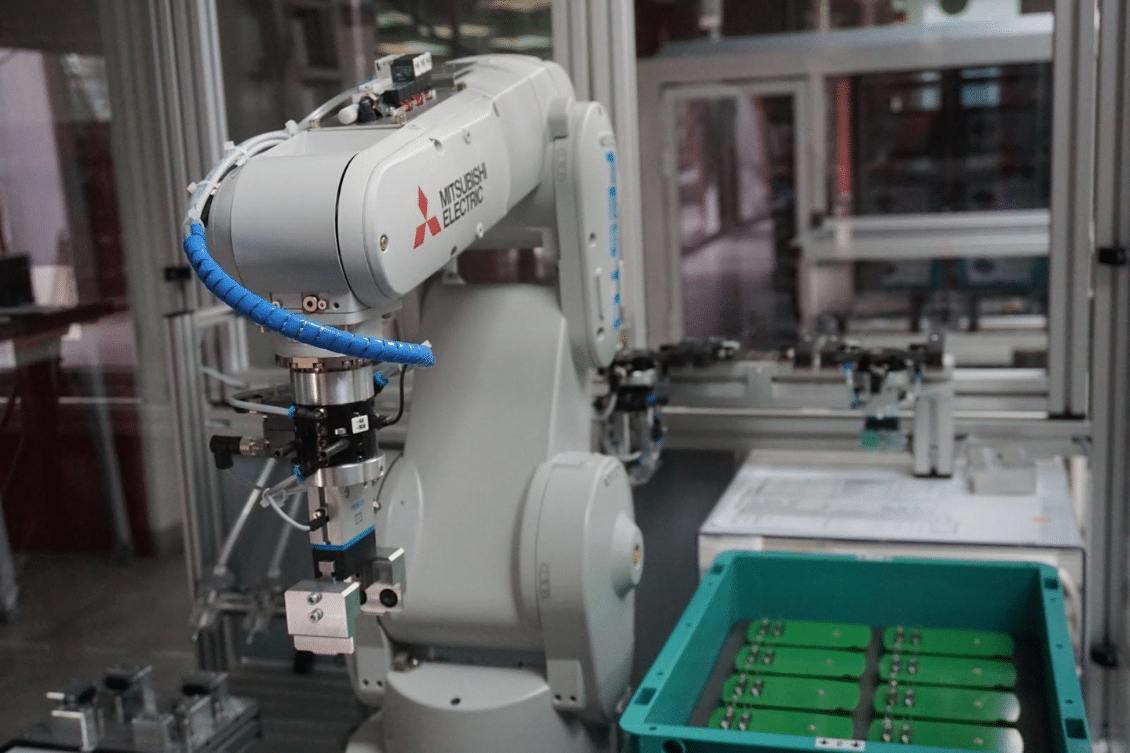
As you might know, China has announced that it has ended the mandatory quarantine for all foreign travelers. As China opens up, manufacturing companies see it as an opportunity to finally go back to meet with their suppliers or meet potential new supplies.
During the pandemic, it was common for manufacturing companies to want to switch suppliers. However, they were unable to gain full confidence in making a switch since they were unable to meet them or visit their facility. Some of the key aspects of approving a new supplier is vetting their production facilities. If you are unable to be there then it can halt the development of new suppliers.
This post will look at how you can change suppliers as quickly as possible and without jeopardizing your quality and output.
Understanding your Needs
Before you proceed, you need to understand why you are changing suppliers in the first place. The reason you are changing suppliers should pave the way for your new supplier. Here are the top 5 reasons why manufacturers want to change suppliers.
- Your supplier can’t control their costs
- The supplier is losing control of their quality
- They lack the specific team for you
- They don’t have the infrastructure to scale-up production
- They lack communication and transparency.
After you have this, it’s helpful to create a list of requirements. You might have had this when you originally evaluated your supplier but you can assume those requirements have changed.
Start Contacting Suppliers
You might have started this process during the pandemic but did not proceed. If so, then you are off to a great start. If not then this is where you start to explore different options. This will be time-consuming and you will need to allocate time to efficiently do this. As long as the pain points are great enough, you will see the importance of finding your next production partner.
Here are the steps you can take:
- First, ask if anyone you know has a supplier reference.
- If you are sourcing a commoditized part, Alibaba will do just fine. Otherwise, stay away.
- Be transparent with your new suppliers. Changing suppliers can be a long process and your new suppliers will need to be patient.
- Visit them. This was difficult during the pandemic so make sure you take advantage of it now
- Make sure you fully evaluate them. This can be a helpful supplier evaluation checklist.
- Learn from your mistakes.
Transfer of Product Data
At this point, you should feel comfortable proceeding with a few suppliers. The goal of this step is to receive quotes from a few suppliers. In order to receive quotes, you need to provide your new supplier with your product data in order to proceed with a quote. This part is also referred to as the Request for Quotation (RFQ) process.
During the RFQ process, you will need to provide your supplier with enough information for them to provide you with a quote. This includes the following:
- 2D & 3D Drawings
- Bill of Materials (BOM)
- A functional prototype
- Minimum Order Quantity (MOQ & annual forecasted volume)
- Target Price for the projected volumes
In response to the RFQ you provided the new supplier, they should provide you with a quote. There should be a quote for each part with additional quotes for assembly, quality control, packaging, shipping, and anything else, if necessary. In addition, you should confirm with your supplier whether you are planning on transferring the existing tools or opening new tools. It’s always safer to open new tools and run parallel production lines.
Sample Process
After the quote was received and accepted, you will want to proceed with a sample. Your supplier creating a sample is how you will find out quickly whether or not they can produce your part. If the sample comes back with multiple defects that should have been caught then you know they might not be the right supplier and it’s time to find another one.
Analyze your Current Position
After you have received the quote and samples from multiple different suppliers you will analyze your current position. Basically what you are looking for is whether the samples and quotation received will justify a transition away from your current supplier.
Pre-Production
If you are confident with the capabilities of one supplier then you will want to transition into production mode. There are 6 main parts of pre-production:
- Confirm the contract
- Confirm any open or pending development activities
- Open tools and create any fixtures or jigs necessary for assembly or sub-assembly processes
- Create the golden sample
- Set up the production line with assembly instructions
Launch, Sustain, and Repeat
After the pre-production stage is confirmed, you can proceed with your first production run which will most likely contain a pilot run to test production. Even though you are changing suppliers but have the same product, expect problems. You are creating this with new people, new machines, new tools, and problems will come up. This is the importance of having a pilot run before you launch mass production.
What can you Do Today?
The way you manage your product data will impact the speed and efficiency with that you can change suppliers. If your product data is all over the palace then the transition will take longer. However, if your product data is well organized then the time it takes to switch suppliers will be considerably shorter.
Before you start the RFQ process, you will need to ensure your product data is correct and up-to-date. Companies that adopt digital transformation are more likely to be able to have a smooth transition from one supplier to another because of data availability. This will also lead to better decision-making.
OpenBOM is a cloud-based PDM & PLM platform to manage your engineering and manufacturing data. Companies from startups to Fortune 500’s use OpenBOM to create a centralized database to bring in, store and manage their manufacturing data. With this infrastructure, users also use OpenBOM to streamline both their change management and PO processes.
If you need to improve the way you manage your data and processes, share data instantly, or collaborate with contractors and suppliers, contact us today for a free consultation.
Regards,
Jared Haw
Join our newsletter to receive a weekly portion of news, articles, and tips about OpenBOM and our community.










